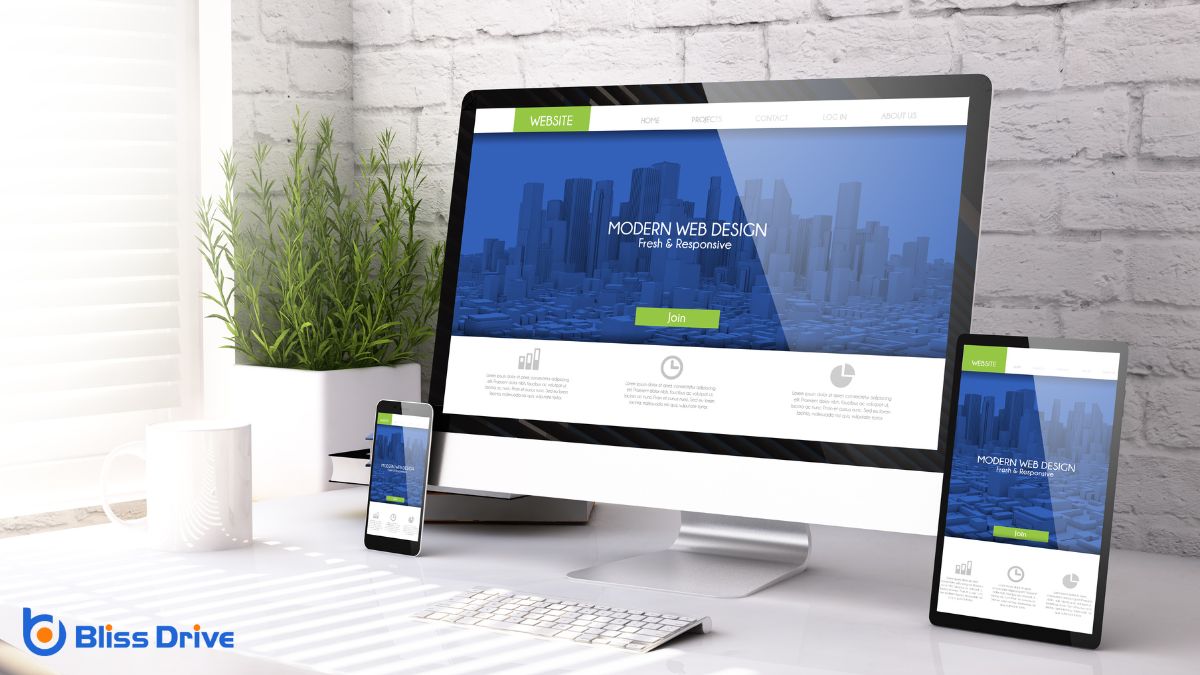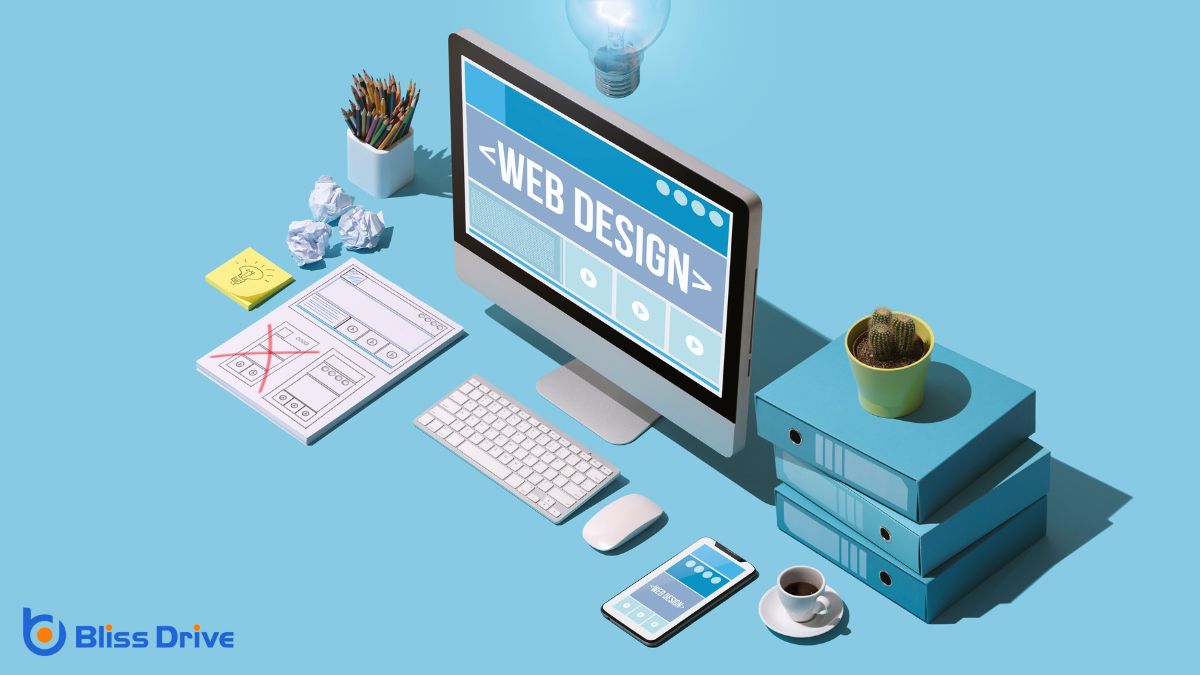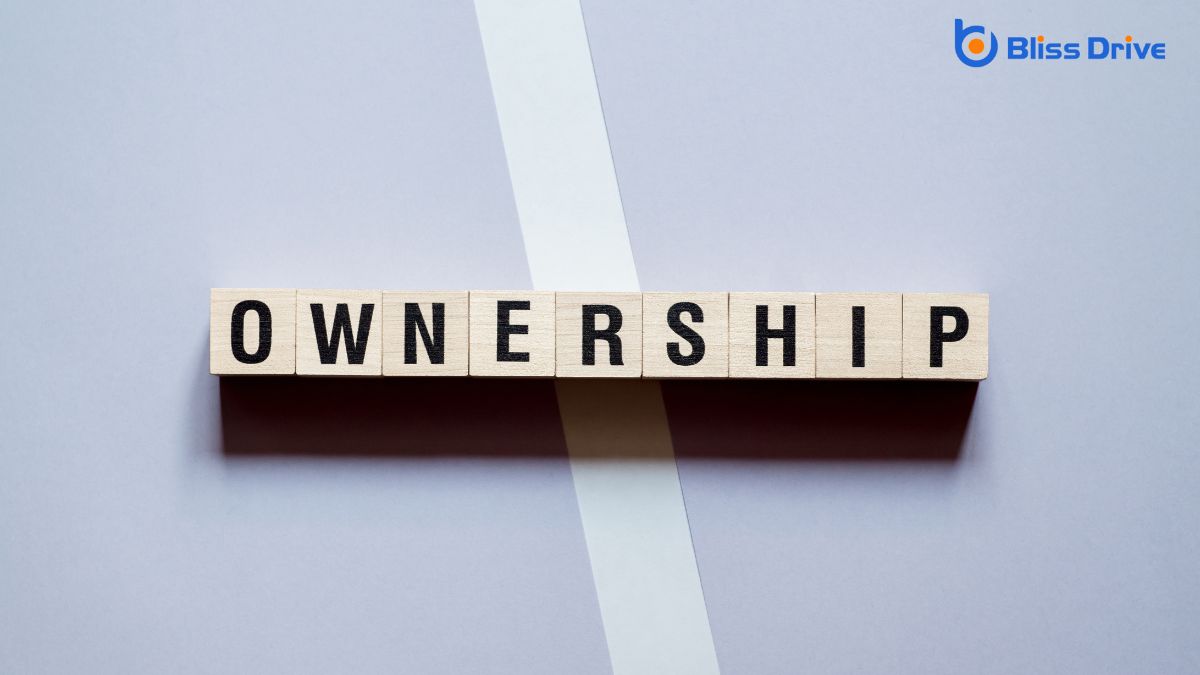Digital Marketing Services
Learn More About Us

When we hire a web designer, we often assume that we automatically own our website. But is that really the case? Ownership can be a complex maze of contracts, code, and content. We need to understand the nuances of intellectual property rights and how they apply to web design. What about the domain nameThe address of a website, crucial for branding and SEO., custom design elements, and the underlying code? These are critical questions that demand clear answers to protect our digital assets.

How well do we comprehend intellectual property rights in web design? We often overlook these rights, which can leadA potential customer referred by an affiliate who has shown interest in the product or service but h... to confusion about who truly owns a website.
Intellectual property (IP) in web design includes elements like logos, graphics, code, and content. When we hire a designer, it's vital to understand what rights we’re granting them and what remains ours.
Designers typically create custom work, and without clear agreements, they might retain ownership. We need to discuss and define ownership in our contracts to avoid misunderstandings.
Are we buying exclusive rights, or just a license to use their designs? Understanding these distinctions helps us maintain control over our website and guarantees that our investment is protected.
Let's make sure we’re informed and proactive about IP rights.
Ownership of a website involves several key components that we must understand to guarantee full control over our digital presence.
First, we need to verify that we own the domain name. This is like securing the address for our online identity.
Next, we should have access to the website’s hosting account, which fundamentally serves as the land where our website resides. Without this, our control is limited.
We also need to own the website's content, including text, images, and code. This guarantees that we can modify and use the content as needed.
Finally, understanding the software and tools used for our website’s creation is vital, as they can impact our ability to make changes or migrate our site in the future.
When it comes to website ownership, contracts and agreements play an essential role in clarifying who holds the rights to various elements of a website.
These documents serve as a blueprint, outlining responsibilities, rights, and ownership of content, design, and code.
As we collaborate with web designers, it's important to guarantee every detail is clearly defined in the contract.
This helps prevent misunderstandings or disputes down the line.
While traversing the world of website creation, it's crucial to understand the distinction between web design and development.
Web design focuses on the visual aspects of a site—its look and feel. It involves creating the layout, color scheme, and overall aesthetic appeal. Designers use tools like Photoshop and Sketch to craft visually engaging interfaces.
On the other hand, web development turns those designs into a functional website. Developers write the code that brings the design to life, making it interactive and dynamic. They use programming languages like HTML, CSS, and JavaScript.
Understanding who owns the code of a website is vital for anyone involved in its creation or management. When we initiate a web project, it’s important to clarify ownership rights from the start.
Typically, the original creator of the code retains ownership, unless a contract states otherwise. If we’re hiring a web designer or developer, securing a written agreement that specifies who owns the code post-project is significant.
This guarantees that we’re not caught off guard if we want to update or move the site later. Without clear terms, we might face restrictions or additional fees.
When it comes to content ownership on our websites, we need to understand the basics of website ownership, intellectual property rights, and content licensingObtaining legal permissions to use or republish content created by others. agreements.
It's essential to know who holds the rights to the text, images, and other media we create or use.
Let’s explore how these elements affect our control over our content and guarantee we're protected.
Before diving into the complexities of web design, let's clarify an essential aspect: content ownership.
When we create a website, understanding ownership is important to avoid potential disputes. Here's what we need to keep in mind:
Clarifying these points helps us maintain rightful ownership.
While steering through the nuances of website creation, it's vital to grasp the concept of intellectual property rights, which determine who truly owns the content on your site.
We often assume that when we hire a web designer, all content automatically belongs to us. However, ownership isn't always that straightforward.
Intellectual property rights cover everything from text and images to code and design elements. As creators, we need to clarify who holds these rights to avoid future disputes.
Typically, unless explicitly stated in a contract, the creator (often your designer or developer) retains ownership. It's important to discuss these aspects upfront, ensuring all parties agree on who owns what.
Understanding content licensing agreements is essential for determining content ownership on your website.
We must verify that we understand who retains rights to the content we publish. These agreements outline the permissions granted to use, modify, or distribute content created by others.
Here's what we need to evaluate:
These factors help clarify ownership rights.
Who really holds the keys to your website’s domain name? It's essential we comprehend this to safeguard our online presence.
Typically, the person or entity listed as the domain's registrant is the rightful owner. However, sometimes our web designer might register the domain on our behalf. This is where things can get tricky. If the designer uses their information instead of ours, they technically have control over it.
To guarantee we maintain ownership, we should check the domain registration details. We can do this by performing a WHOIS search, which reveals the registered owner.
If our details aren't listed, it’s important to request a transfer of ownership. By doing so, we make certain that we—not our web designer—control our domain name.
When we work with a web design agency, it's vital to clarify who owns the website assets.
We should guarantee our contractual agreement clearly defines the terms of ownership to prevent future disputes.
Let's make certain we understand our rights from the start.
As we venture into the domain of website ownership, it’s vital to clarify our rights with a web design agency to avoid future disputes.
Understanding who owns the different assets of our website guarantees peace of mind and control over our digital presence.
Here are key items to reflect on:
These steps help secure our online assets effectively.
Before we immerse ourselves in any project with a web design agency, it’s crucial to outline our rights and responsibilities within a contractual agreement. This guarantees we're on the same page regarding ownership and usage rights.
The contract should clearly state who owns the website's design, code, and content after completion. Terms should specify whether we receive full ownership or a license to use certain elements.
Let’s not overlook the importance of intellectual property clauses. These protect our interests, making sure we don’t encounter unexpected surprises down the line.
Additionally, we should clarify maintenance and update responsibilities. Are we or the agency accountable for future changes?

Retaining ownership of our website is essential for maintaining control over our online presence.
To guarantee we retain ownership, we need to take proactive steps from the outset. Here’s what we can do:
In summary, as we navigate the complexities of web design ownership, let's remember the importance of clear contracts. We should guarantee our agreements specify who owns the design elements, code, content, and domain name. By doing so, we protect our digital assets and maintain control over our online presence. Always clarify these details with your web designer or agency upfront, so we're all on the same page and avoid potential disputes down the line.
